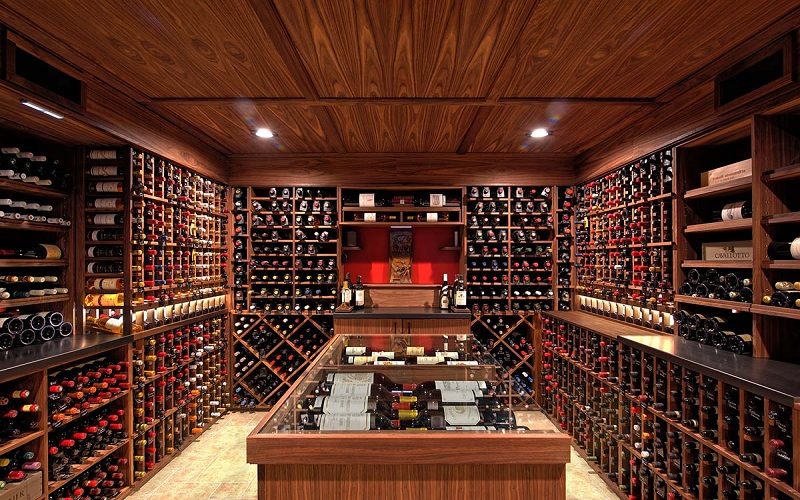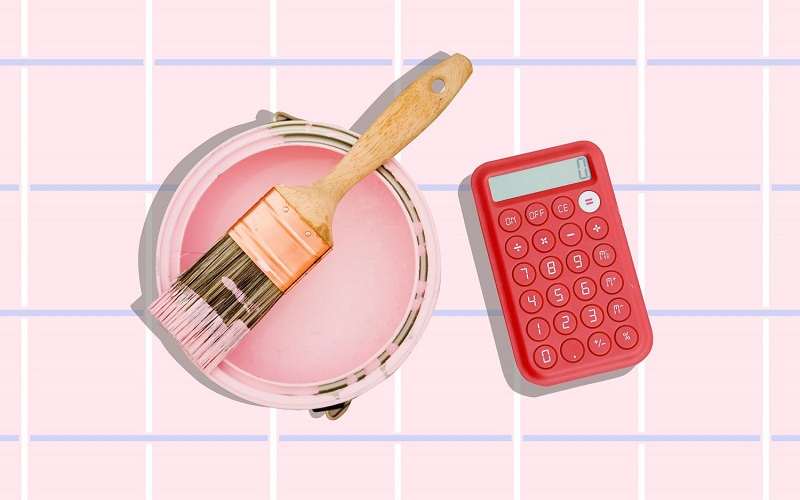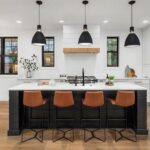DYMON provides a unique solution to your storage needs. Why choose DYMON Storage DYMON Storage does more than simply store...
While choosing a wine cellar storage unit a myriad of important elements need to be taken into account in order...
Indulging in a fine bottle of wine is an exciting experience. It doesn’t matter if you're a seasoned wine enthusiast...
Feel like your exterior wall paint colour is too blah for your liking? Want to elevate your curb appeal in...
If you have ever tried to look for a service for Termite control in Clermont Florida, you must have been...
Painting your home can be an exhilarating experience. But there is no denying that it can also be a time-consuming...
Water damage can wreak havoc on homes and businesses, causing extensive harm to the structure and its contents. Understanding the...
Water damage vandalism can have a devastating impact on properties, both residential and commercial. It occurs when someone intentionally damages...
The comfort of our homes can quickly turn into a nightmare when unwanted pests like bedbugs and cockroaches invade our...
Whether you are a seasoned craftsperson or are just getting started with DIY projects, having the right tools makes all...

























